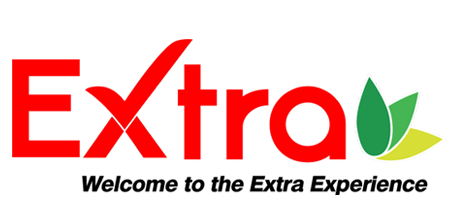The primary criteria in identifying an appropriate method should be to align with the applicable Treasury regulations. Embrace the power of tax credit savings with Source Advisors and propel your business towards growth and success. PwC refers to the US member firm or one of its subsidiaries or affiliates, and may sometimes refer to the PwC network. This content is for general information purposes only, and should not be government contracting for small business used as a substitute for consultation with professional advisors. These materials were downloaded from PwC’s Viewpoint (viewpoint.pwc.com) under license.
Last In, First Out (LIFO): The Inventory Cost Method Explained
To implement Dollar-Value LIFO, businesses first need to establish a base-year cost, which serves as a benchmark for future comparisons. This base-year cost is then adjusted annually to account for changes in price levels, using a price index. The price index can be derived internally or obtained from external sources like the Consumer Price Index (CPI).
Comparison with Other Inventory Methods
This layered approach ensures that the most recent costs are matched with current revenues, providing a more accurate picture of profitability. It also helps in deferring tax liabilities, as the higher costs reduce taxable income. If inflation and other economic factors (such as supply and demand) were not an issue, dollar-value and non-dollar-value accounting methods would have the same results.
- Two options available to taxpayers include the Inventory Price Index Computation (IPIC) and Internal methods.
- This method is particularly beneficial for managing taxable income during inflation, as it adjusts inventory values to account for price changes, both inflation and deflation.
- The focus in this calculation is on dollar amounts, rather than units of inventory.
This method requires extensive record-keeping and complex calculations due to fluctuating inventory values. It can lead to significant variances in financial statements, especially in volatile pricing periods, potentially complicating performance assessments for investors. The selection of a base year involves some subjectivity, which could affect financial reporting reliability. This method may only suit specific industries where inventory quantity and value changes aren’t closely correlated. Additionally, companies should avoid creating unnecessary inventory pools to prevent increased complexity and costs. Recent changes in accounting standards have introduced new complexities and considerations for businesses employing Dollar-Value LIFO.
This is why LIFO creates higher costs and lowers net income in times of inflation. Understanding Dollar-Value LIFO is crucial because it offers unique advantages, particularly in periods of rising prices. It allows companies to match current costs with current revenues, providing a more accurate reflection of profitability.
What is the Dollar-Value LIFO Method?
By applying this index, companies can convert current-year inventory costs to base-year costs, allowing for a consistent comparison over time. Dollar-value LIFO places all goods into pools, measured in terms of total dollar value, and all decreases or increases to those pools are measured in terms of the total dollar value of the pool. In periods of deflation, LIFO creates lower costs and increases net income, which also increases taxable income. Like specific goods pooled LIFO approach, Dollar-value LIFO method is also used to alleviate the problems of LIFO liquidation.
However, at a certain point, this is no longer cost-effective, so it’s vital to ensure that pools are not being created unnecessarily. In Year 3, there is how to calculate accrued vacation a decline in the ending inventory unit count, so there is no new layer to calculate. Instead, the controller assumes that the units sold off are from the most recent inventory layer, which is the Year 2 layer. When combined with the $15,000 cost of the base layer, Entwhistle now has an ending inventory valuation of $34,800.
In total, at the end of Year 2, Entwhistle has a base layer cost of $15,000 and a Year 2 layer cost of $24,750, for a total inventory valuation of $39,750. Lower ending inventory values mean that the total assets reported will be lower. This can affect key financial ratios such as the current ratio and the quick ratio, which are used to assess a company’s liquidity.
After grouping goods into their applicable pool(s), an overall price index is used for the pool(s) to determine the changes in inventory cost. This approach is not commonly used to derive inventory valuations, for several reasons. First, a large number of calculations are required to determine the differences in pricing through the indicated periods.
According to the Dollar-Value LIFO method, the inventory value at the end of the current year is $53,000.
However, since costs do change over time, the dollar-value LIFO presents the data in a manner that shows an increased cost of goods sold (COGS) when prices are rising, and a resulting lower net income. When prices are decreasing, dollar-value LIFO will show a decreased COGS and a higher net income. Dollar value LIFO can help reduce a company’s taxes (assuming prices are rising), but can also show a lower net income on shareholder reports.
During the current fiscal year, the company experiences an increase in the costs of raw materials and production due to unforeseen market fluctuations. Explore the essentials of Dollar-Value LIFO, its calculations, and its effects on financial statements and accounting standards. The companies that maintain a large number of products and expect significant changes in their product mix in future frequently use dollar-value LIFO technique. The use of traditional LIFO approaches is common among companies that have a few items and expect very little to no change in their product mix.


